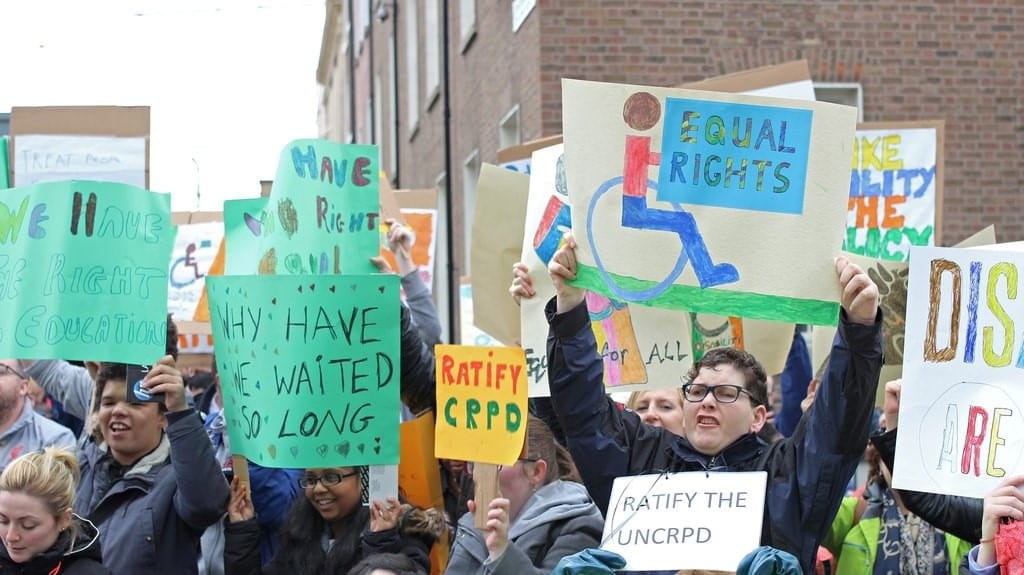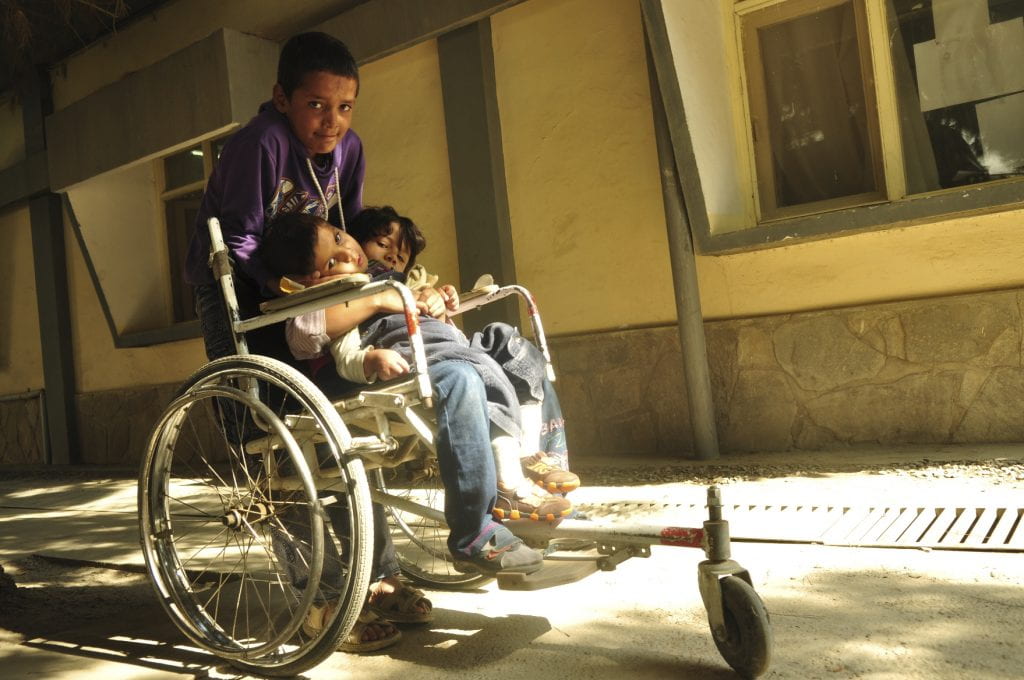
What is a disability?
Approximately one in five adults in the United States has some type of disability. There are numerous types of disabilities that impact people’s daily lives through sight, movement, learning, or communication, although there are many others. Furthermore, even if two people have the same disability that doesn’t mean they are impacted the same way. Thus, individuals who have a disability do not consist of one general population, but instead a diverse population with various needs. Now the focus is more on how the word disability refers to the three components mentioned in the next paragraph and how there are numerous factors that go into having a disability.
The World Health Organization created the International Classification of Functioning, Disability, and Health (ICF). The ICF introduces the word disability into three main categories that are impairment, activity limitation, and participation restrictions. The term disability and impairment do not mean the same thing. Before the 1970s, the common view was that a disability is measured by whether or not an individual has an impairment or a health condition. In the 1970s there was the disability rights movement, which geared people away from this medical view. However, many people still focus on the more traditional, medical model of disability.
Disability and Health
Those with disabilities tend to face health care disparities such as less access to adequate care, both in terms of promoting health and preventing diseases. Some people even go as far as labeling those with disabilities as a medically underserved population. There has been some research on how people with disabilities usually have a lower quality of health and are more likely to experience secondary conditions. Some examples of the health disparities include not having interpreters during medical examinations, adults with developmental disabilities being at risk for secondary conditions such as obesity, seizures, and cardiovascular disease, and women who have disabilities are less likely to get Pap tests and mammograms. Furthermore, some other issues include misconceptions and stigmas surrounding the word disability, shortage of suitable training, lack of proper medical equipment and facilities, lack of accessibility, and little to no individualized accommodations.

The Stigma
While there are medical advances over the years in regards to individuals with disabilities, there is a stigma surrounding people with disabilities. They tend to be seen as individuals incapable of making decisions or helpless. There are implicit or even unconscious biases against individuals who have a disability. Furthermore, there are several articles on how the medical community treats those with disabilities as having less value than non-disabled people. The medical interpretation of a disability is viewed as a pathological disorder and so this perspective focuses on how one can treat or cure it, rather than a social problem. In contrast to the medical model, there is the social model of disability, which focuses on how disability is formed from a social situation or construct, rather than a person’s characteristics. This viewpoint focuses on dividing impairment from disability, rather than recognizing that one is a component of the other.
Health Insurance
Another barrier is that people with disabilities tend to lack health insurance or adequate coverage for healthcare. The National Council on Disability conducted research and found that few health care training programs address disability issues in their curriculum and most federally funded health disparities research do not look at people with a disability as a disparity population. Furthermore, while Medicaid and Medicare cover some people with disabilities, these programs do not cover those who have private insurance. Private group plan insurances are usually given through employers; however, not all employers offer health insurance and not all people who have disabilities are working. Those who have private group plans through their employer are required to cover basic care for the average working population. Medical equipment such as wheelchairs, ventilators, and crutches are limited in terms of annual payments.
Individual plans charge higher premiums to individuals with disabilities. Persons with emotional disabilities consist of those most uninsured, closely followed by persons with visual or hearing disabilities.
The three key elements of health care insurance are availability, affordability, and coverage for critical benefits. Important benefits can include long-term care, mental health, and medications. There have been national surveys that found people with disabilities have a hard time figuring out the insurance system, visiting specialists, and obtaining medical equipment that is durable. Additionally, numerous essential health care services can be out of their budget, meaning that they go without certain things because they simply cannot afford it.
According to the Journal of Disability Policy Studies, “estimates suggest that these factors obstruct or delay care for as many as 30 – 50 percent of adults with disabilities.”
The Henry J Kaiser Family Foundation conducted a national survey that found, “health insurance is inadequate for more than one in three people with disabilities who reported delaying care, skipping medication, or going without needed equipment because of cost.”
Accessibility
Accessibility can be broken down into many different components. The two main sections to focus on are communication and physical access.
Physical barriers are objects that are either natural or manmade that hinder or block mobility or access. These barriers can include inadequate transportation, accessibility to the facility and offices, and lack of accessible exams. Something as simple as getting a mammogram exam can provide numerous difficulties because the mammogram machine cannot adjust for height or health professionals are not adequately trained for lifting assistance. Thus, some health professionals conduct exams while patients are in their wheelchairs, which can yield inaccurate results. Other physical barriers include parking at the medical facility, entering the building, and the bathroom facilities, making it more difficult for someone with a disability to receive proper care.
Proper communication and education are required to make a change. Individuals with disabilities should feel they can discuss their challenges without fearing discrimination, while, those in the healthcare field should appropriately discuss, support, and address the challenges people with disabilities face. Research shows there is a lack of awareness and inadequate instruction among health care providers. For example in Connecticut, “91% of primary care physicians said they had no training in intellectual and developmental disabilities.” Without proper training, people tend to make assumptions about people with disabilities and often times they are incorrect. Some stereotypes include thinking that those with developmental disabilities cannot feel pain so they do not need anesthesia, people who are deaf have problems with their cognitive functioning because they are not fluent in standard English, or women who have disabilities do not need reproductive care because they are assumed to be sexually inactive. Making assumptions is not only harmful to the health of the patient but also it undermines who they are as a person. This can lead to damaging the patient-provider trust and provoke people with disabilities to not even bother to seek care. Ultimately, having access to appropriate health care can prevent new health conditions and could possibly stop current health conditions to worsen. In order to be effective and efficient, health care must be inclusive and accessible.
Keep up with the latest announcements related to the upcoming Symposium on Disability Rights by following the IHR on Facebook, Twitter, and Instagram.


